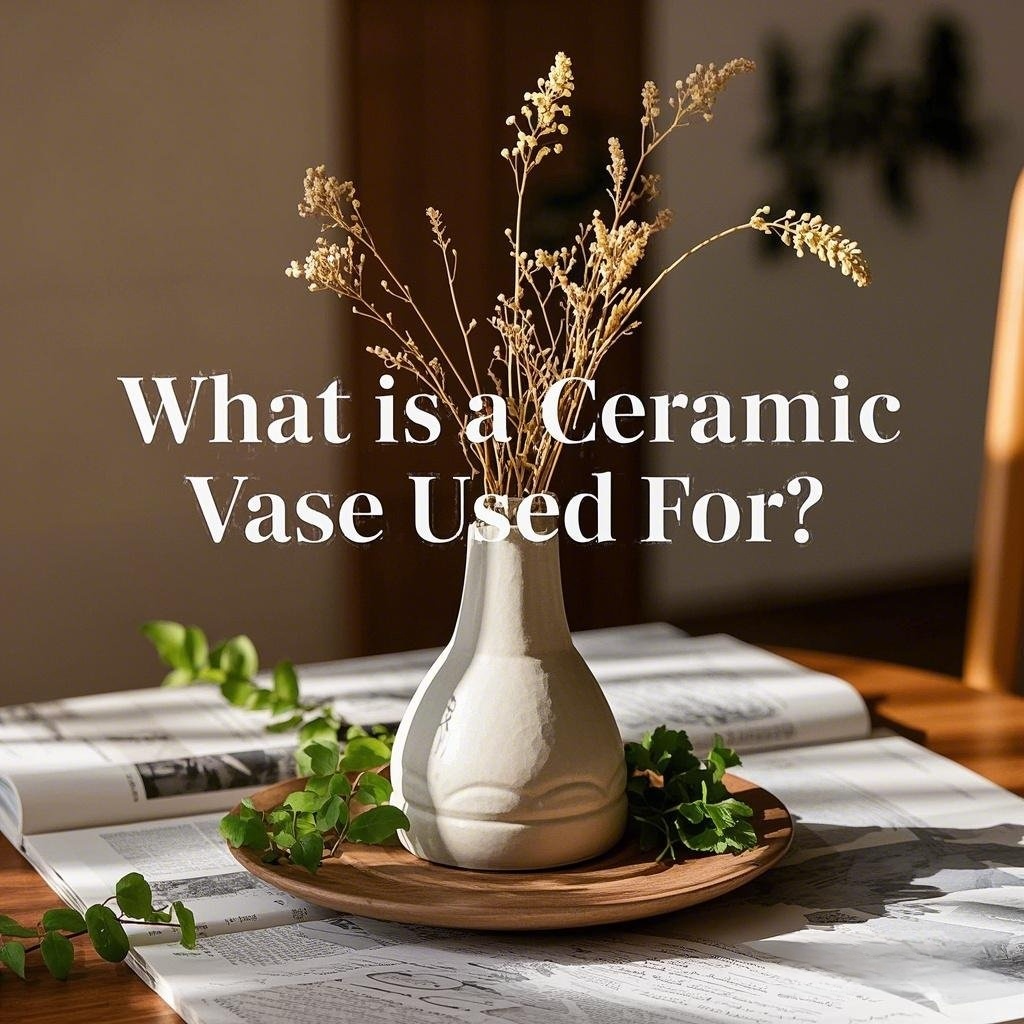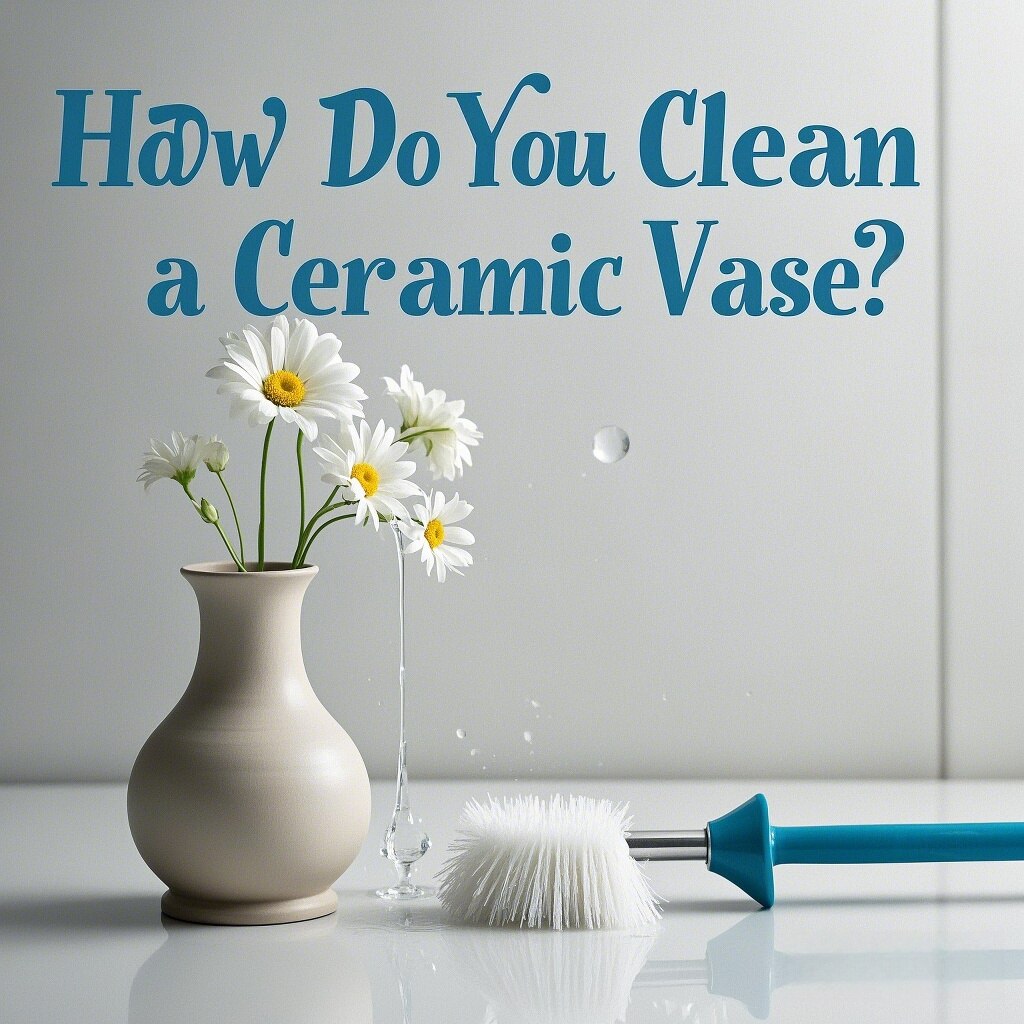Is Tea Better in Glass or Ceramic? Why TAOTAO’s Ceramic Mugs Win Every Sip
The debate between glass and ceramic for tea drinking is as old as tea culture itself. While glass offers transparency to admire your brew's color, ceramic has long been the choice of tea masters for its functional and sensory benefits. TAOTAO's ceramic tea cups elevate this tradition with designs that balance aesthetics, practicality, and sustainability. Let's explore why ceramic often brews a better tea experience-- and how TAOTAO perfects it.
The Case for Ceramic: Flavor, Heat, and Ritual
Ceramic's magic lies in its interaction with tea. Unlike glass, which is inert and purely functional, ceramic subtly influences your brew:
Heat Retention: Ceramic's natural density absorbs heat, keeping tea warmer longer without scalding your hands. TAOTAO's double-walled ceramic mugs add insulation, rivaling thermoses while maintaining elegance.
Flavor Preservation: High-quality ceramic (like TAOTAO's FDA-approved stoneware) doesn't impart metallic or plastic aftertastes. Its slight porosity in unglazed areas can soften bitter tannins in black or herbal teas.
Aesthetic Ritual: Ceramic's earthy textures and handmade imperfections-- think of TAOTAO's hand-thrown mugs-- add a tactile, meditative quality to tea rituals that sterile glass can't match.
Glass's Strengths (and Shortcomings).
Glass excels in transparency, allowing drinkers to appreciate tea's color and unfurling leaves-- a perk for green or blooming teas. However:.
Poor Insulation: Glass cools rapidly, leaving teas lukewarm unless preheated.
Flavor Neutrality: While great for neutrality, glass doesn't enhance or mellow flavors like seasoned ceramic can.
Fragility: Thin glass cracks under thermal stress; thick borosilicate is bulky and less elegant.
For daily use, ceramic's durability and versatility make it a wiser choice. TAOTAO's ceramics are kiln-fired at 1280 ° C, resisting chips and cracks even with frequent dishwashing.
TAOTAO's Ceramic Mastery: Where Science Meets Art.
TAOTAO doesn't just make mugs-- it engineers them for tea's nuances:.
Non-Toxic Glazes: Free from lead and cadmium, their glazes withstand boiling water without leaching chemicals.
Ergonomic Designs: Curved lips for smooth sipping, wide bases for stability, and textured grips that feel grounding during mindful tea moments.
Style Diversity: From minimalist matte-black cups that highlight tea's hue to rustic, speckled stoneware, TAOTAO caters to modern and traditional aesthetics.
For tea purists, their unglazed clay tea set develops a flavor-enhancing patina over time, much like Yixing teapots.
When to Choose Glass (and When to Skip It).
Glass shines in specific scenarios:.
Iced Teas or Cold Brews: Glass's quick cooling suits chilled drinks.
Visual Appeal: Display floral or blooming teas in glass pitchers at parties.
Yet for hot, daily brews, ceramic's warmth and durability prevail. TAOTAO's glass-ceramic hybrid mugs offer the best of both: a glass-like exterior with ceramic's insulating core.
Sustainability: Ceramic's Long-Term Edge.
A single TAOTAO ceramic mug can replace years of disposable cups or outlast fragile glassware. Their eco-conscious production uses locally sourced clays and glazes, reducing carbon footprints. Plus, ceramic's timeless designs avoid fast-fashion waste.
How to Care for Ceramic Tea Ware.
Pre-Warm Mugs: Rinse with hot water before brewing to stabilize temperature.
Remove Stains: Soak with baking soda paste for stubborn tea residues. TAOTAO's smooth glazes make this effortless.
Avoid Extreme Shifts: While TAOTAO's ceramics resist thermal shock, don't transfer from freezer to microwave.
Conclusion: Ceramic Brews a Richer Experience.
While glass has its niche, ceramic tea ware-- especially TAOTAO's thoughtfully crafted designs-- enhances daily rituals with warmth, flavor, and enduring beauty. Whether you're sipping alone or hosting friends, these mugs turn ordinary moments into soulful pauses.
Explore TAOTAO's ceramic tea collections to steep in tradition, one sip at a time.
CTA: Elevate your tea time with TAOTAO-- where every cup is a sip of artistry.



